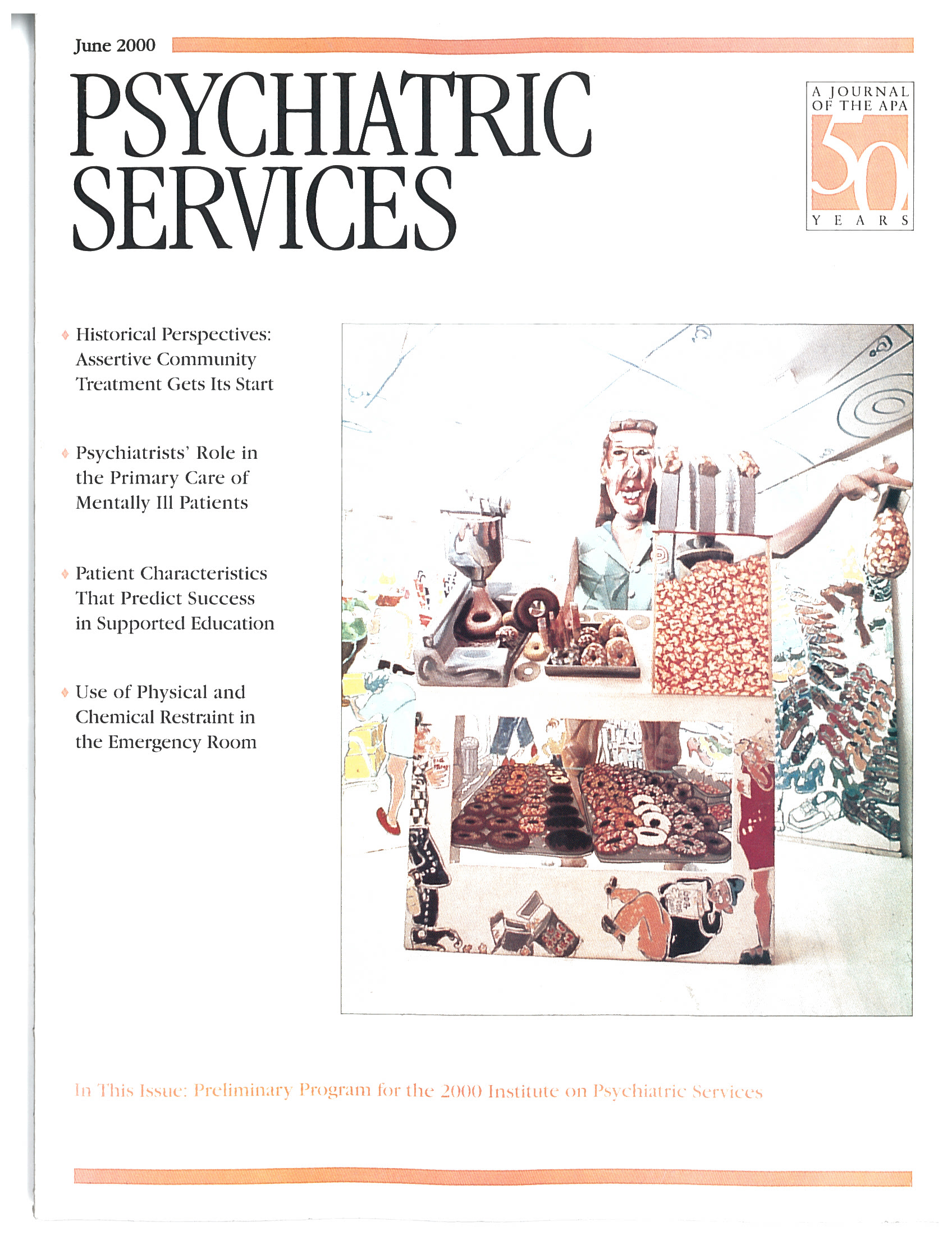Many clinicians recognize that nonmedical staff members who are well informed about psychotropic medications can be a valuable asset in treating patients receiving these medications. However, information that is written for the nonmedical professional and is detailed enough to be helpful is not easily found. Instant Psychopharmacology, developed from a series of lectures given by Dr. Diamond to staff members and patients, provides an appropriate blend of detail and ease of understanding.
The first two chapters introduce the basic concepts of psychopharmacology. The author provides an excellent overview of the general classes of psychotropic medications and such topics as pharmacokinetics (without ever mentioning the word) and drug interactions, offering examples of each topic. Beyond the pharmacologic information, the author gives some sage advice about the importance of teamwork and effective communication about medication issues.
The remaining six chapters cover major classes of psychotropic medications: antipsychotics, antiparkinsonian drugs, antidepressants, mood stabilizers, antianxiety and sleep medications, and a handful of miscellaneous psychotropics. In some chapters the introduction to the class of medication includes an explanation of the mechanism of action, written in an easily comprehended manner; however, as the author points out, theoretical concerns are largely absent from the book. Next comes a discussion of indications, which often gives the reader some insight about the decisions that must be made when these medications are prescribed. Specifics about the use of several medications in each class are provided. Typical dosage, unique properties of each medication, and particular advantages and disadvantages are briefly covered, as are common and serious side effects, important drug interactions, and use in pregnancy.
As the author is careful to point out, this book is meant to provide a basic level of knowledge about psychotropic medications. It is not an academic work, and the material is not directly referenced, although a bibliography provides a list of valuable references for further information.
Instant Psychopharmacology fills a much-needed role by providing a concise general guide to psychopharmacology for the nonmedical professional. It should enable the nonmedical professional to more effectively communicate medication concerns to patients and their psychiatrists. It can be recommended for all levels of staff, from mental health technicians to social workers and psychologists. Other potential readers include patients and families and anyone else who would like a better knowledge of the practical aspects of psychopharmacology.

